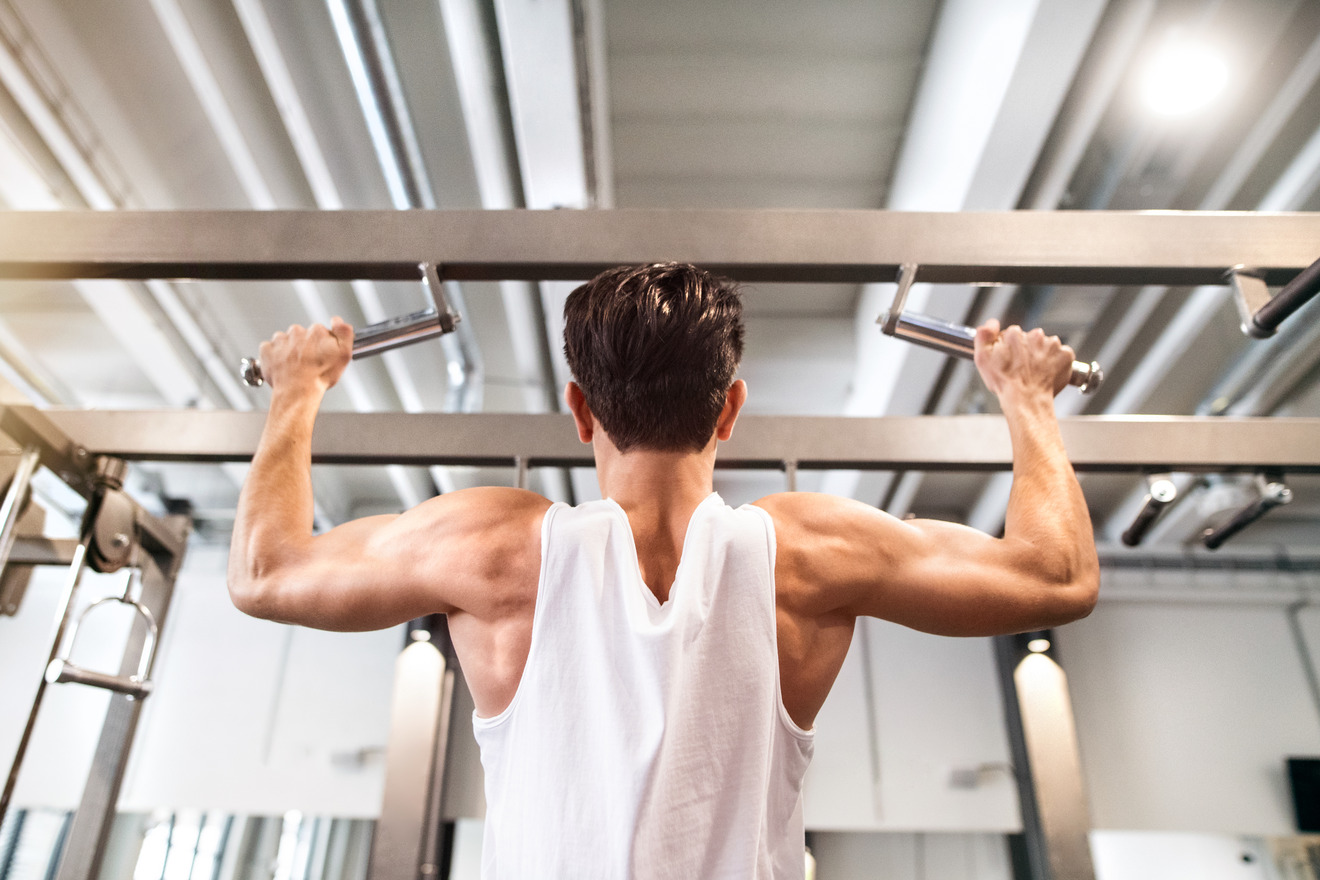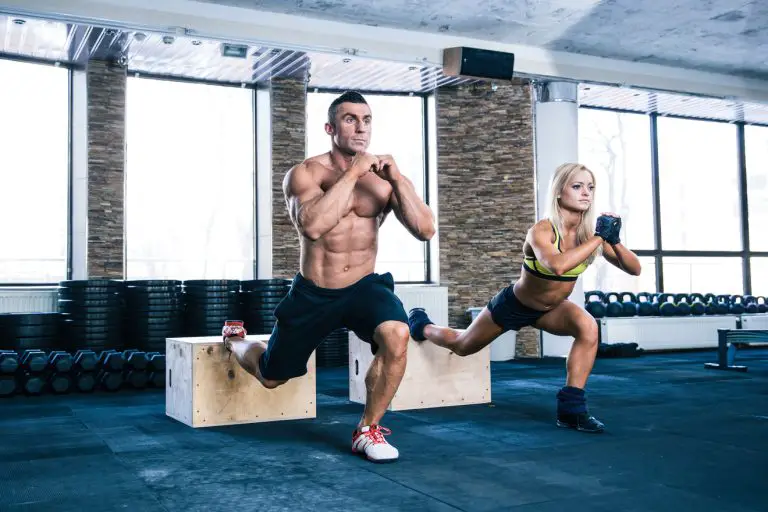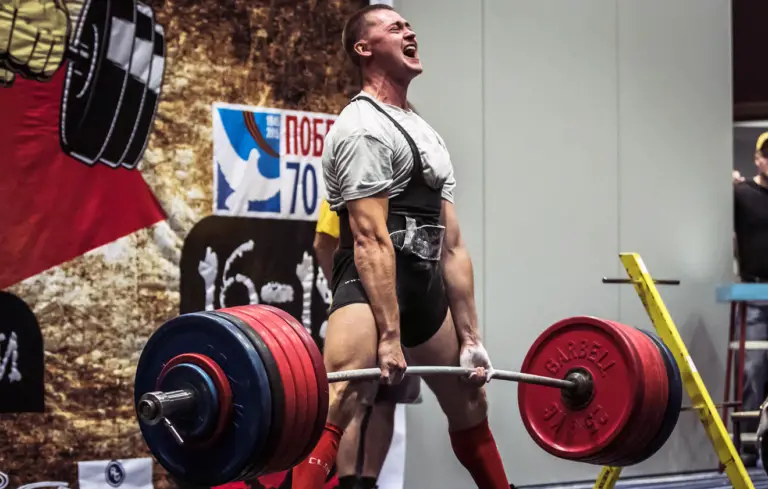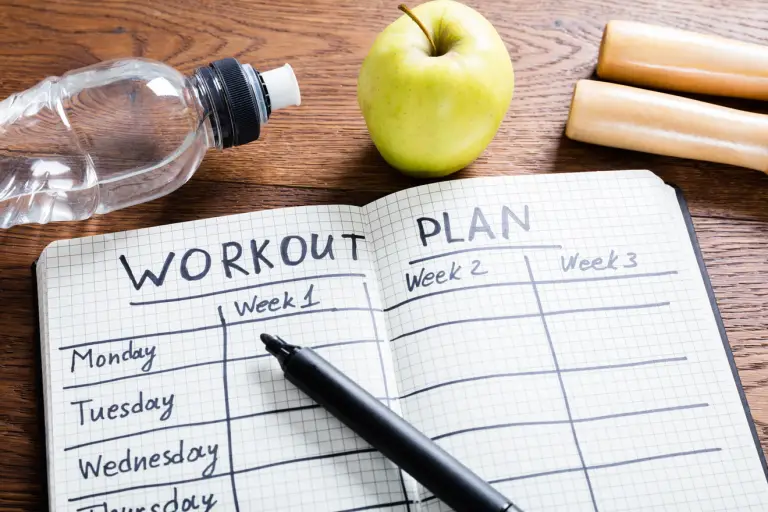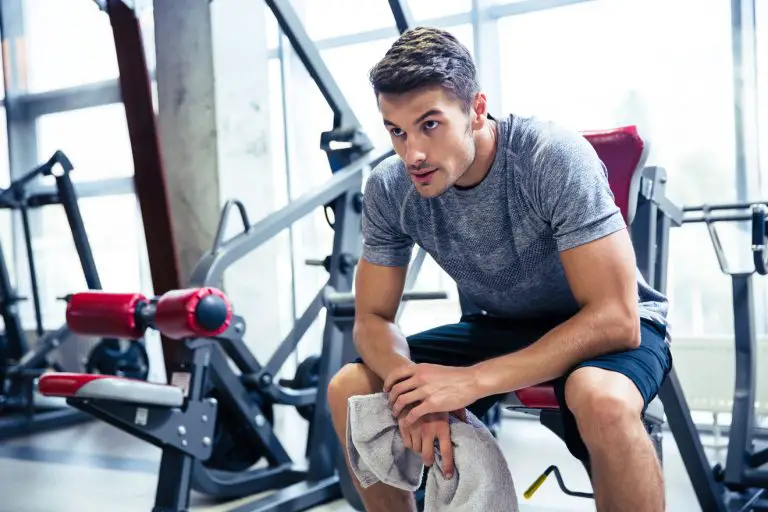The push-pull workout split explained
Key takeaways
- A push-pull workout splits a routine into two movement patterns: pushing exercises and pulling exercises. These movement patterns target different muscle groups.
- A push workout for the upper body targets the chest, shoulders, and triceps, whereas a pull workout for the upper body targets the back, biceps, and rear deltoids.
- Of course, a push-pull workout can also be done for the lower body.
Why do a push-pull workout?
The push-pull workout split has become one of the most popular and effective training methods for both beginner and advanced gym-goers alike. It’s a structured, easy-to-follow approach that promotes balanced muscle development and allows you to focus on either “pushing” or “pulling” movements in a single session. This method not only helps you hit multiple muscle groups efficiently, but it also supports recovery, reduces the risk of overtraining, and enhances full-body gains.
Whether you’re aiming to build strength, increase muscle mass, or simply streamline your workout routine, understanding how to master the push-pull workout split can take your fitness journey to the next level.
What is a push-pull workout split?
The push-pull split divides your workout routine into two distinct movement patterns: pushing exercises and pulling exercises. The idea behind this training style is to group muscles that work together into separate workouts based on the direction of movement. By alternating between these movements, you give each muscle group adequate time to recover, while maintaining an efficient and productive training schedule.
- Pushing movements: these involve exercises where you push weight away from your body, activating muscles on the front of your body (e.g., chest, shoulders, triceps). There are horizontal pushing exercises and vertical pushing exercises.
- Pulling movements: these involve exercises where you pull weight toward your body, targeting the muscles on the back of your body (e.g., back, biceps). Just like pushing movements, there are also horizontal pulling exercises and vertical pulling exercises.
For a full-body approach, a typical push-pull workout split is usually combined with leg workouts. You can either incorporate leg exercises into your push-pull days or set aside a separate day specifically for legs, creating a “push-pull-legs” split.
Benefits of a push-pull workout split
Adopting a push-pull workout split can offer a wide range of benefits, whether you’re a beginner or an experienced lifter.
1. Balanced muscle growth
The push-pull split ensures that you’re training opposing muscle groups, which promotes balanced muscle development. By alternating between pushing and pulling days, you can prevent muscular imbalances that often occur when one muscle group is favored over another.
2. Improved recovery
Training specific movement patterns allows for better recovery. When you focus on pushing movements one day, the pulling muscles get a break. This helps prevent overtraining while still allowing you to train multiple times a week.
3. Workout efficiency
Push-pull splits are simple to structure and allow for more efficient workouts. You can hit multiple muscle groups in each session by using compound exercises (movements that involve more than one joint and muscle group). This approach makes it easy to design effective, full-body workouts.
4. Versatility
The push-pull method is flexible and can be adapted to different fitness goals. Whether you’re training for strength, hypertrophy, or endurance, you can easily adjust the number of reps, sets, and exercises to suit your needs.
Structuring a push-pull workout split
When designing your push-pull workout split, the key is to alternate between pushing and pulling exercises over the course of the week, giving each muscle group ample time to recover. Below is an example of how you can structure your routine:
- Day 1: Push (Chest, Shoulders, Triceps)
- Day 2: Pull (Back, Biceps, Rear Delts)
- Day 3: Legs (Quadriceps, Hamstrings, Glutes, Calves)
- Day 4: Rest or Active Recovery
- Day 5: Cardio
If you’re looking to maximize recovery, you could include an additional rest day or incorporate lower-intensity cardio or mobility work.
Push workout for upper body
The push workout focuses on exercises that engage your chest, shoulders, and triceps. These are all muscles involved in pressing and pushing movements. Below are some staple exercises to include in your push routine:
- Bench press (flat, incline, or decline): this compound movement primarily targets the chest, but also activates the shoulders and triceps. Using dumbbells or barbells, you can adjust the bench to hit different angles of the chest.
- Overhead press (barbell or dumbbell): the overhead press is one of the best exercises for building shoulder strength and mass. It engages the deltoids while also recruiting the triceps as secondary muscles.
- Push-ups: a classic bodyweight exercise that can be modified to increase difficulty, push-ups engage the chest, shoulders, and triceps.
- Tricep dips: dips are an excellent exercise for isolating the triceps, and can be performed on parallel bars or using a bench.
- Lateral raises: lateral raises isolate the side delts, helping to build shoulder width and definition.
Pull workout for upper body
Pull workouts emphasize movements that engage the back, biceps, and rear deltoids. These exercises typically involve pulling weight toward your body. Key exercises include:
- Pull-ups or Lat pulldowns: Pull-ups are a fantastic compound exercise for strengthening the lats and upper back. Lat pulldowns are a great alternative if you’re still building strength.
- Deadlifts: While technically involving both pushing and pulling muscles, deadlifts are essential for overall back development, especially for the lower back, traps, and lats.
- Barbell or Dumbbell rows: Rows are crucial for back development. Whether you’re using a barbell, dumbbell, or a machine, this exercise strengthens the upper back, traps, and rear delts.
- Face pulls: This exercise targets the rear delts and upper back, helping to improve posture and balance the shoulder muscles.
- Bicep curls (barbell or dumbbell): As a classic isolation exercise, curls directly target the biceps, helping to enhance the size and strength of your arms.
Incorporating leg workouts into your push-pull split
To make your push-pull split a comprehensive full-body routine, you can either add leg exercises into your push and pull days or dedicate an entire day to leg training. Here are some key leg exercises to consider:
- Squats (barbell or dumbbell): squats target the quadriceps, hamstrings, glutes, and calves, making them one of the best lower body exercises.
- Lunges: lunges strengthen the legs and glutes while also improving balance and coordination.
- Romanian deadlifts: a great exercise for targeting the hamstrings and glutes, Romanian deadlifts help develop the posterior chain.
- Leg press: the leg press machine is ideal for those who want to target their quadriceps and glutes without putting too much strain on the lower back.
The power of the push-pull split
The push-pull workout split is a highly effective training strategy that offers a balanced approach to full-body gains. Whether you’re focusing on building strength, muscle size, or endurance, this split allows you to structure your workouts in a way that maximizes recovery and results. By mastering this simple yet powerful approach, you’ll be on the fast track to achieving your fitness goals.
Written with the assistance of AI. Reviewed and edited by Marielle Livelo.

